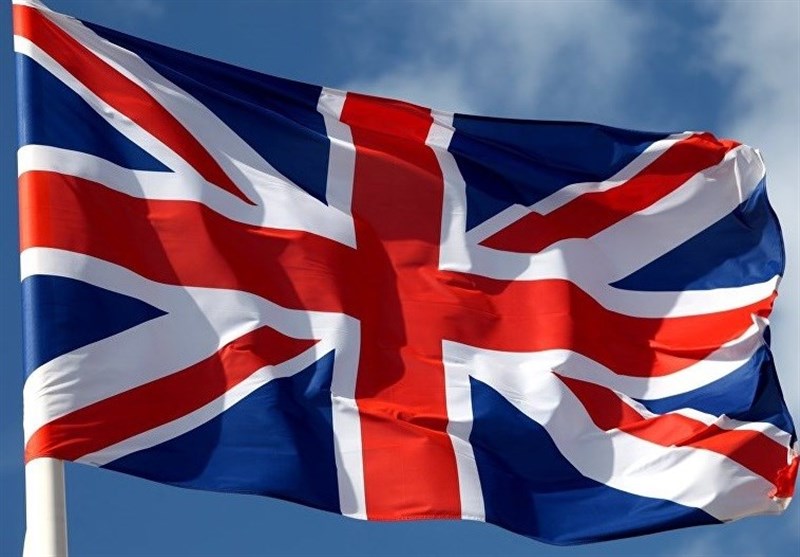Snow in London As Cold Snap Puts Pressure on UK Energy System
TEHRAN (Tasnim) – Freezing weather is bringing snow and ice to London and other parts of Britain this week, putting a strain on the country’s power and transport networks.
Temperatures in London are expected to be 5.5 deg C below seasonal norms on Wednesday, with Manchester projected to be 5.9 deg C colder than the average on Friday, according to forecaster Maxar Technologies. Yellow weather warnings for snow and ice were issued by the Met Office for large parts of the country, Bloomberg reported.
After a mild winter helped ease an energy crunch in Britain and Europe, the cold snap during the final weeks of the heating season is putting pressure on energy infrastructure.
The National Grid was forced to use a coal reserve on Tuesday for the first time, but it is not expecting to need that extra supply on Wednesday, with wind generation increasing.
“Spells of snow will affect parts of Wales, the Midlands, East Anglia and southern England at times; snow will increasingly turn to rain in the far south later,” according to the Met Office.
Disruption is expected to continue as snowfall covers more of Britain, with yellow warnings in place until Friday. As much as 10cm of snow is forecast for some regions of the country.
Cold conditions have hit other northern European countries, with stormy weather heading for Germany, according to forecaster DWD. Meteo France forecast snow for the north of the country.
The Swedish national weather forecaster SMHI issued an orange weather warning for Stockholm on Wednesday. As much as 25cm of snow was expected on Tuesday and Wednesday in the city, the forecaster said. That has affected commuters, with widespread bus and train cancelations.
“Power cuts are likely in areas where grids run above ground, which will also impact mobile networks for telecommunications,” SMHI said.
Farther north, temperatures plunged to as low as minus 22 deg C in Kiruna, north of the Arctic Circle, according to SMHI.
Still, the number of heating degree days (HDDs) – a measure of the energy needed to keep homes warm – for Europe for the next five days is 59.5, according to Maxar. This is below the 10-year norm, with warm weather across the south of the region.
An HDD is measured by subtracting the period’s average temperature from 18.3 deg C.





